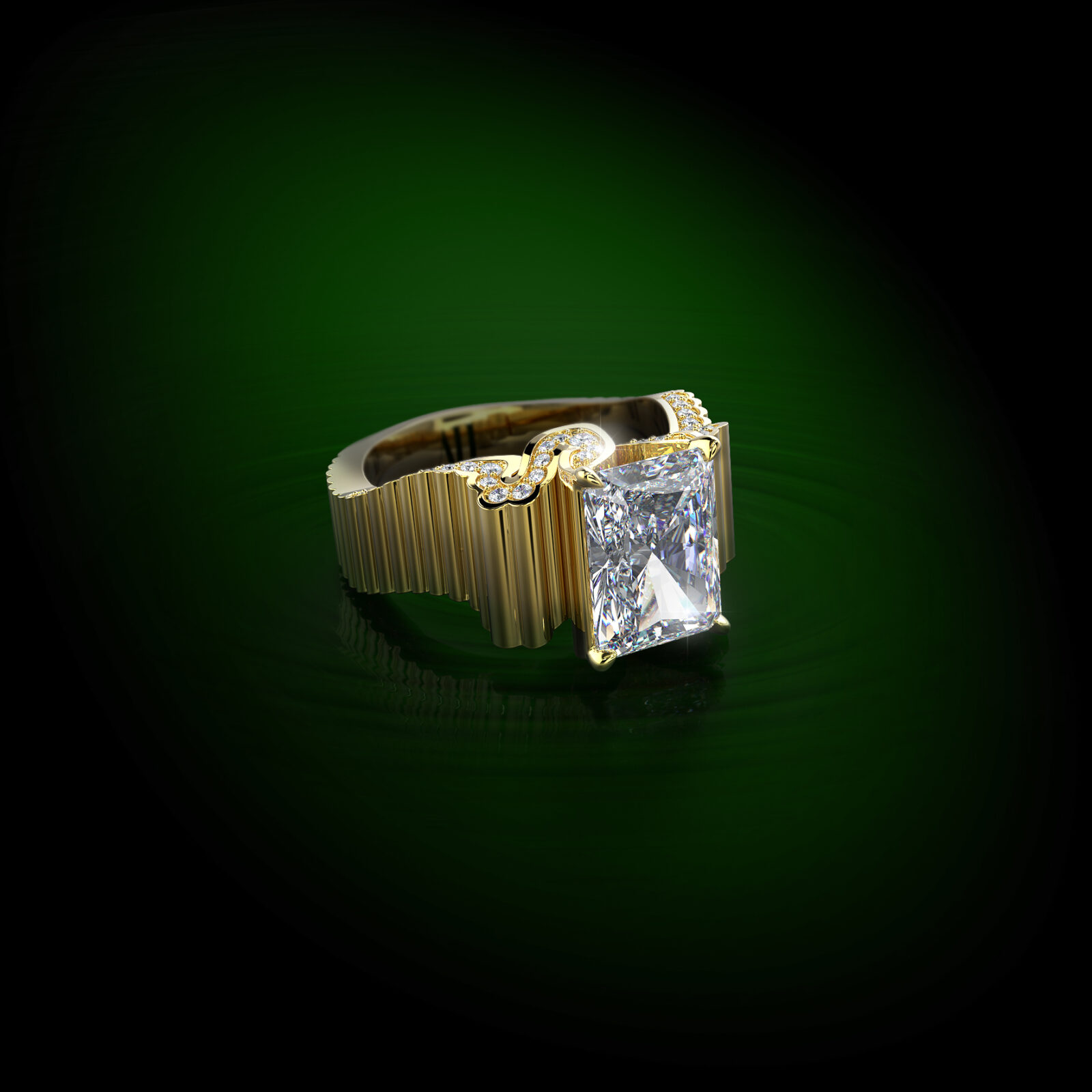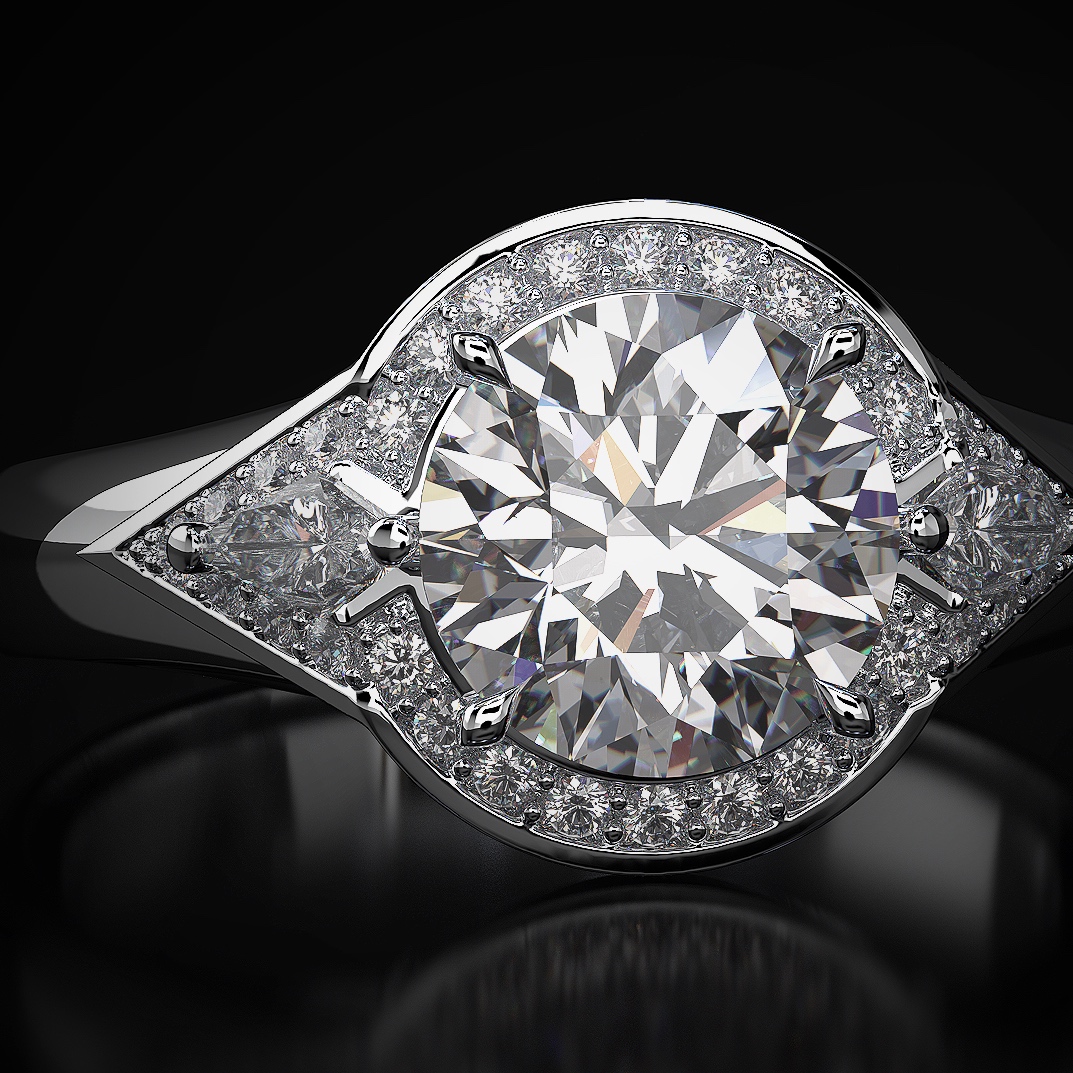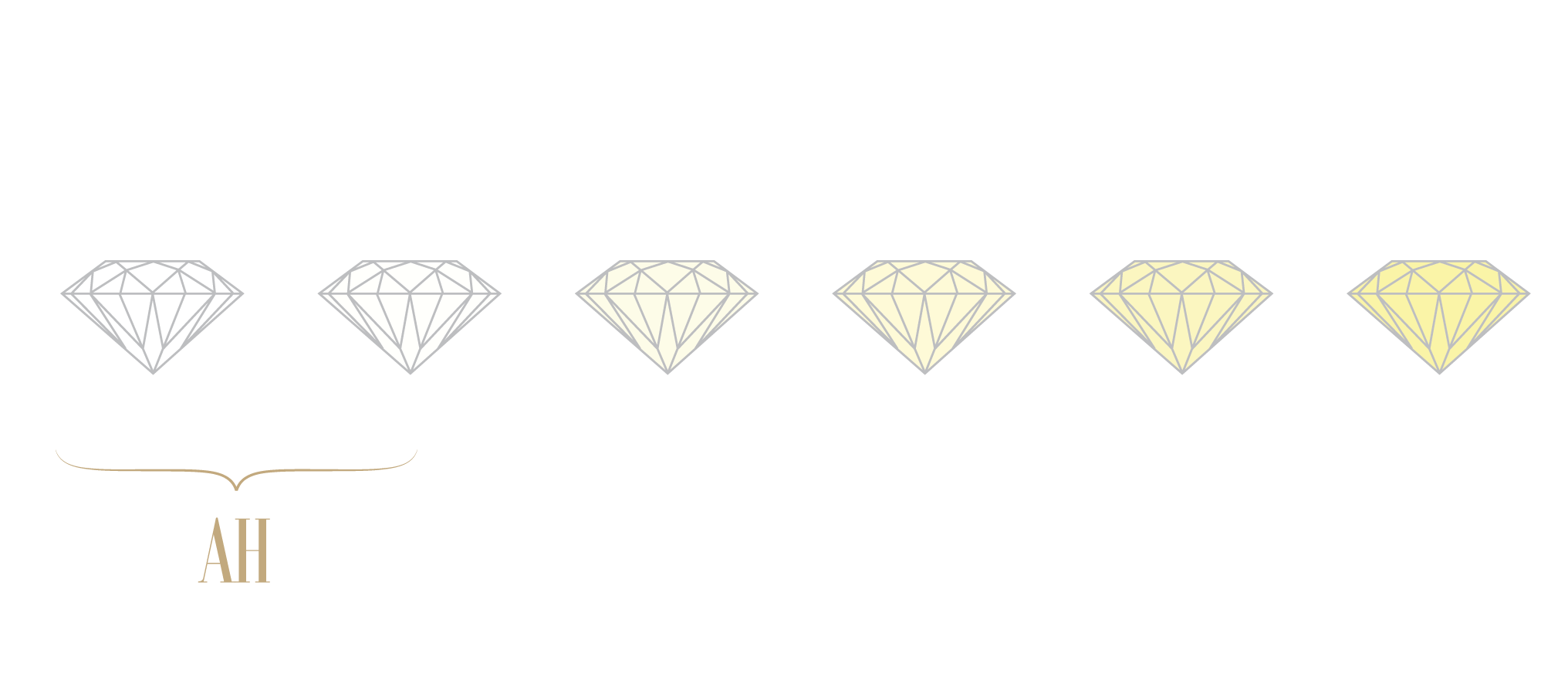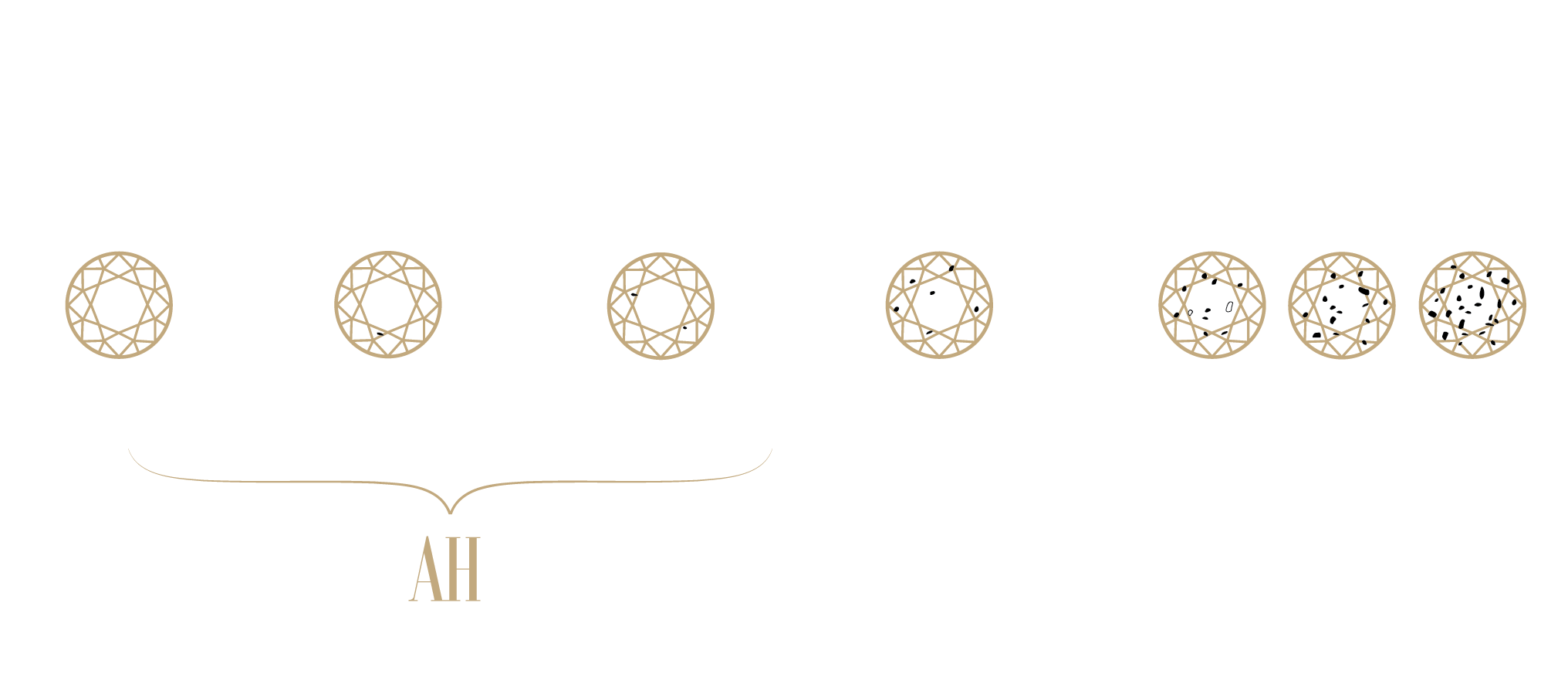Diamond origin matters.
In their raw natural essence, diamonds are miracles from Mother Earth, each embodying a unique fingerprint, telling the story of their origin and history.
Such is the beauty of untouched nature.
Knowing the provenance of your diamond provides confidence and a sense of responsibility and accountability along the supply chain. We know that ethically-sourced diamonds sustain communities, support human rights, fair labour, and environmental conservation.
All our diamonds are GIA certified and can be supplied with certificates of origin. We work directly with authorised diamond sightholders to source our diamonds, cutting out many middle men along the supply chain. These suppliers also operate strictly under the Kimberley Process.
Alice has built trusted relationships within the diamond industry and continues to work with suppliers whose goals are:
“To make diamonds a force for positive social change, because greater transparency leads to greater accountability.” GIA







